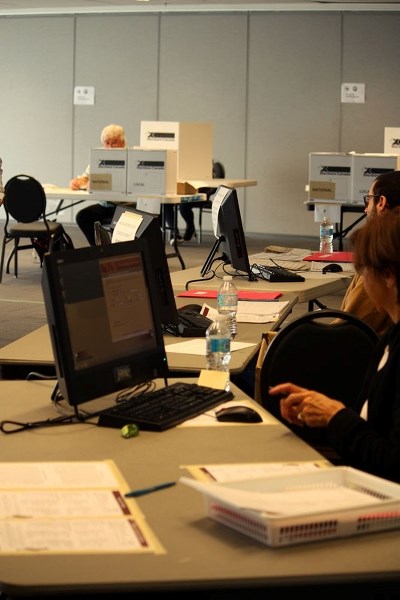For nearly as long as Canada has been a country, there have been those looking to change the electoral system.
"For more than 130 years, Canada's first-past-the-post voting system has been a source of discussion and debate, particularly following highly disproportionate election results," reads a 2004 Law Commission of Canada report entitled Voting Counts: Electoral Reform for Canada.
Electoral reform can mean far more than changing the system by which representatives are elected to govern. Over the years in this country, reform has ranged from expanding the right to vote to today's conundrum, whether or not Canada should shed the first past the post system.
A belief that the electoral system Canada uses for its federal elections – a single member plurality system better known as first past the post – is unfair started cropping up in the early 20th century, the Law Commission's report said.
As more parties came onto the political scene, there came a clamouring from some corners looking for proportional representation. Much of the campaigning came from progressive and united farmers' parties.
Provincial and municipal alternatives
While the federal system has remained the same for the country's history, some provinces and municipalities did use alternate systems at different points.
"The two other systems that Canada's used in the past are the alternative vote and the single transferable vote," said Melanee Thomas, a political science professor from the University of Calgary.
All four western provinces adopted proportional representation for municipal elections, and Manitoba and Alberta had alternative voting systems in place provincially.
In this province, for a time provincial representatives from large cities were elected at large for those cities, rather than representing a particular section of the metropolis, and a preferential system was in place in rural ridings.
Provincial voting remained this way until 1959, when the Social Credit Party abolished this mixed system and implemented the system used today, where there is one MLA per constituency, and to win all you need is one more vote than the second place finisher.
Provincial electoral reform isn't a thing of the distant past, either. Prince Edward Island changed to the single member plurality system in 1996, abolishing a dual member system that had been the small province's traditional way of electing provincial politicians.
No change yet
Cries for systematic reform have continued to occasionally crop up over the years. There have been a series of government task forces and commissions that have included looks at change, like former prime minister Pierre Elliott Trudeau's Pepin-Robarts Task Force on Canadian Unity, which suggested an increased number of MPs and that the extra seats should be filled from party lists, rather than constituency elections.
But, despite promises in throne speeches, and committees and reports that have followed, none have actually instigated an actual change. The 1989 Royal Commission on Electoral Reform and Party Financing, put together under Brian Mulroney's government, even specifically excluded the idea of examining electoral systems.
Provincial attempts
More headway has been made on reforming the provincial electoral systems, which all currently use the first past the post system.
In the early 2000s, several provinces started exploring the idea of electoral system reform yet again, though none have ended up successfully negotiating a switch.
Quebec appointed an estates general on the reform of democratic institutions. That commission recommended regional proportional representation and a bill was drafted, but was shelved.
In 2004, British Columbia put together a citizen's assembly, a group of 160 people which drew on representatives from every constituency practically randomly. They recommended a form of single transferable voting, and in the first referendum it garnered 57 per cent of voters and 77 of 79 ridings' support, failing to crack the needed "supermajority." A second referendum in 2009 saw support drop dramatically to 39 per cent.
Ontario, New Brunswick and P.E.I. all also examined the issue in the early 2000s, but none ended up changing the system. Prince Edward Island is once again referendum-bound in 2016, looking at proportional representation, preferential voting or keeping first-past-the-post.
Steve Patten, a political science professor from the University of Alberta, said the activities in so many provinces means that "an awful lot of Canadians have already spent some time thinking on these issues."
The discussions, votes and public education might have helped pave the way for the electoral reform discussion Canada seems destined to have under Justin Trudeau's leadership.
"I think one of the things that happens sometimes in Canadian politics is experimentation at the provincial level can make things more possible at the federal level," Patten said.



